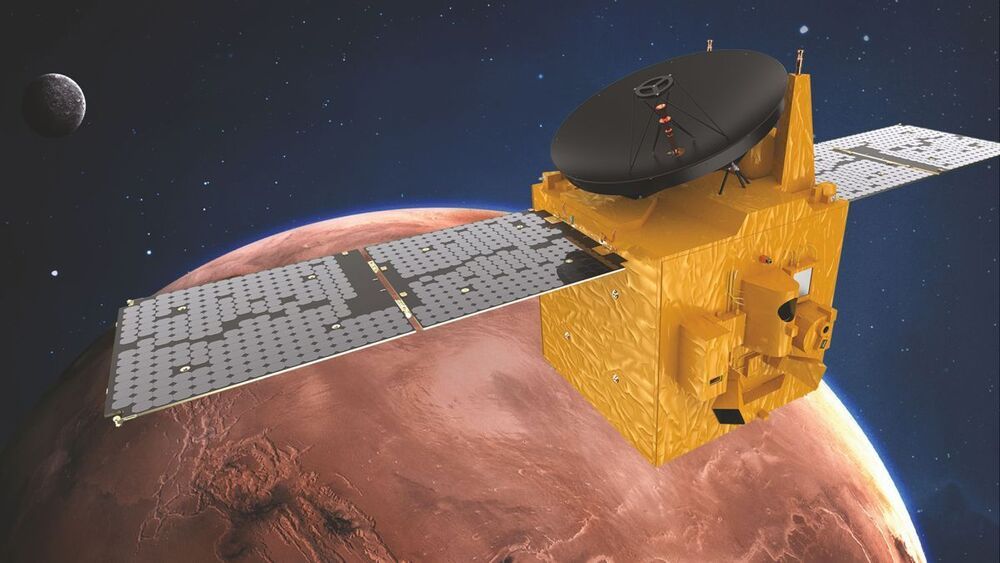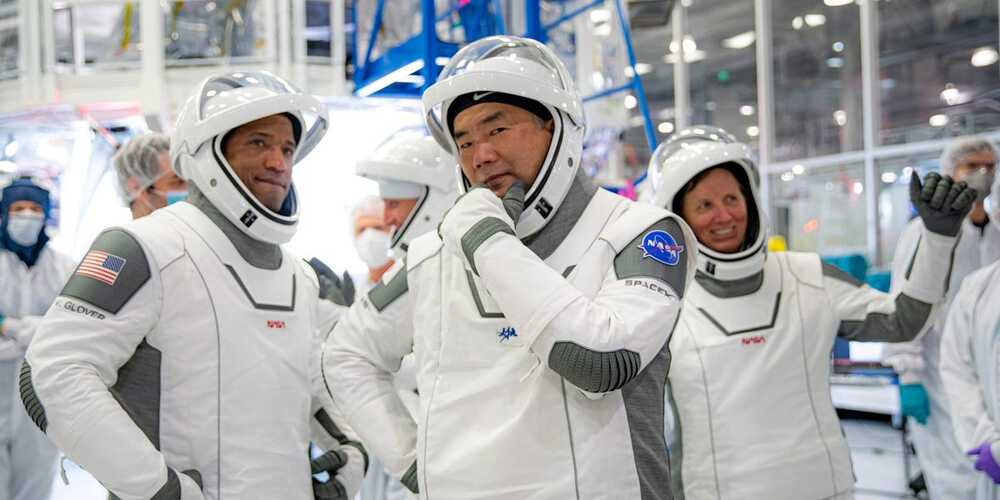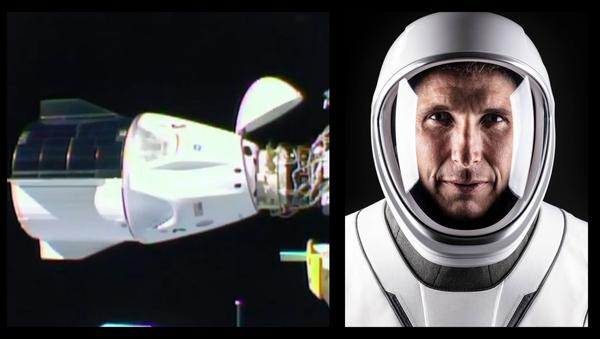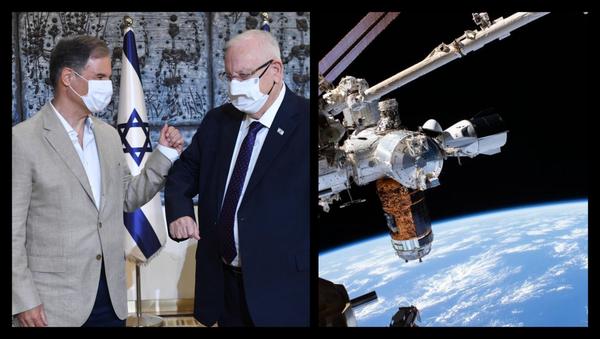Here’s what the world’s space agencies hope to learn about the Red planet.




While we are opening our preliminary discussion for the 3rd SRI World Congress, a number of questions and concerns are being expressed by the main space columnists, about what could be the philosophic setup of the space policy defined by the new US Administration, should it be confirmed the next December 14th. Though Joe Biden didn’t yet say very much about space policy, the most accredited plans foresee cuts to the budget of NASA’s manned space flight programs, in order to give more fuel to the observation of Earth, climate change, and environmental issues.
We are not against raising the budget to Earth observation programs, which are much needed in the current climatic and environmental situation. Besides Earth observation, space agencies should also begin considering the use of space technologies to mitigate the effects of the climate change and the environmental issues, i.e. active space strategies targeted to control the Earth climate.
However, the most important point to be duly focused is that the same priority granted to environmental space programs should be given to bootstrapping the geo-lunar space region settlement and industrialization. Space development is the primary strategy against the awful multi-crisis that is striking our globalized civilization: pandemics, economic, climatic-environmental, resource conflicts, migrations, unemployment.

To the Moon and back, twice.
It is mainly about greater reliability.


Does the real future of Space exploration lie with enlightened private entrepreneurs such as Bezos & Musk or do national agencies still have a part to play? https://www.nytimes.com/2020/10/13/science/
Blue Origin’s New Shepard rocket hasn’t flown space tourists yet, but it has found a business niche with NASA and private science experiments.
A bit of a personal post, but it is very dear to me. Please share to everyone you know (especially to a SpaceX recruiter):
In today’s special video, I talk about why I want to apply to SpaceX as an associate buyer. This job application is very special to me because SpaceX has been my dream company ever since highschool. As such, if you find this video worthy, please share (especially to any SpaceX recruiters).
Discord Link: https://discord.gg/brYJDEr.
Patreon link: https://www.patreon.com/TheFuturistTom.
Please follow our instagram at: https://www.instagram.com/the_futurist_tom.
For business inquires, please contact [email protected]
Circa 2018
The speed of space travel is currently limited by the quantity of chemical fuel that spacecraft must carry. Robert Zubrin, President of Pioneer Astronautics, introduces the dipole drive — a new propulsion system which uses ambient space plasma as propellant, thereby avoiding the need to carry its own.

SpaceX launched NASA and Japan Aerospace Exploration Agency (JAXA) astronauts atop a Falcon 9 rocket aboard the Crew Dragon Resiliece spacecraft on a voyage to the International Space Station (ISS) on Sunday. After a 27-hour trip, Crew-1 NASA astronauts Michael, Victor Glover, Shannon Walker, and JAXA astronaut Soichi Noguchi arrived to the orbiting laboratory on Monday night. Dragon Resilience docked to the station’s Harmony module where it will remain until the astronauts head back to Earth. “SpaceX, this is Resilience, excellent job right down the center,” radioed SpaceX mission control in Hawthorne, California. “SpaceX and NASA, congratulations. This is a new era of operational flights to the International Space Station from the Florida coast.”
Upon arrival Crew-1 astronauts were welcomed by Expedition 64 crew members, NASA Astronaut Kate Rubins and Russian cosmonauts Sergey Kud-Sverchkov and Sergey Ryzhikov. Crew-1 astronauts will stay at the space station for six months to conduct science research. This is the first long-duration ISS crew in history that features seven members. The space station does not have enough sleeping quarters for all members, only for six. So, one of the Crew-1 astronauts will sleep aboard the Crew Dragon spacecraft.
NASA Astronaut is Commander of the Crew-1 mission, he decided he will be who sleeps inside Crew Dragon while its docked at the space station. said he will sleep inside the spacecraft until another sleeping pod is delivered to ISS, which could arrive three months from now or after the Crew-1 is scheduled to return. He shared that it is an old tradition for a commander to sleep inside the spacecraft. —“I think there’s a tradition that oftentimes in the shuttle days, the commander usually slept in the cockpit,” said during a press conference. “So, at least for me, it just felt right that was where I needed to be. If any of us were going to sleep there, I felt like it should have been me.”

Axiom Space, a start-up from Houston, Texas, signed a deal with SpaceX to launch a crew of four private passengers atop a Falcon 9 rocket aboard the Crew Dragon spacecraft on a voyage to the International Space Station (ISS). The mission, known as AX-1, will be the first fully-commercial private passenger mission in history, scheduled to launch during the second half of 2021. “This history-making flight will represent a watershed moment in the march toward universal and routine access to space,” Axiom Chief Executive Officer Michael Suffredini said in a press release earlier this year. “This will be just the first of many missions to ISS to be completely crewed and managed by Axiom Space – a first for a commercial entity. Procuring the transportation marks significant progress toward that goal, and we’re glad to be working with SpaceX in this effort.”
The private passengers will be lead by former NASA Astronaut Michael Lopez-Alegria, who has been to space four times; he will be Axiom’s AX-1 Mission Commander. After SpaceX successfully launched four Crew-1 astronauts to the space station this week, Lopez-Alegria shared his excitement to soon ride aboard SpaceX spacecraft. “God willin’ and the creek don’t rise, I’ll be leading the AX-1 crew on the first purely commercial orbital mission in history a little over a year from now — on this very SpaceX Crew Dragon capsule. It’s gonna be a Blast!” Lopez-Alegria said.